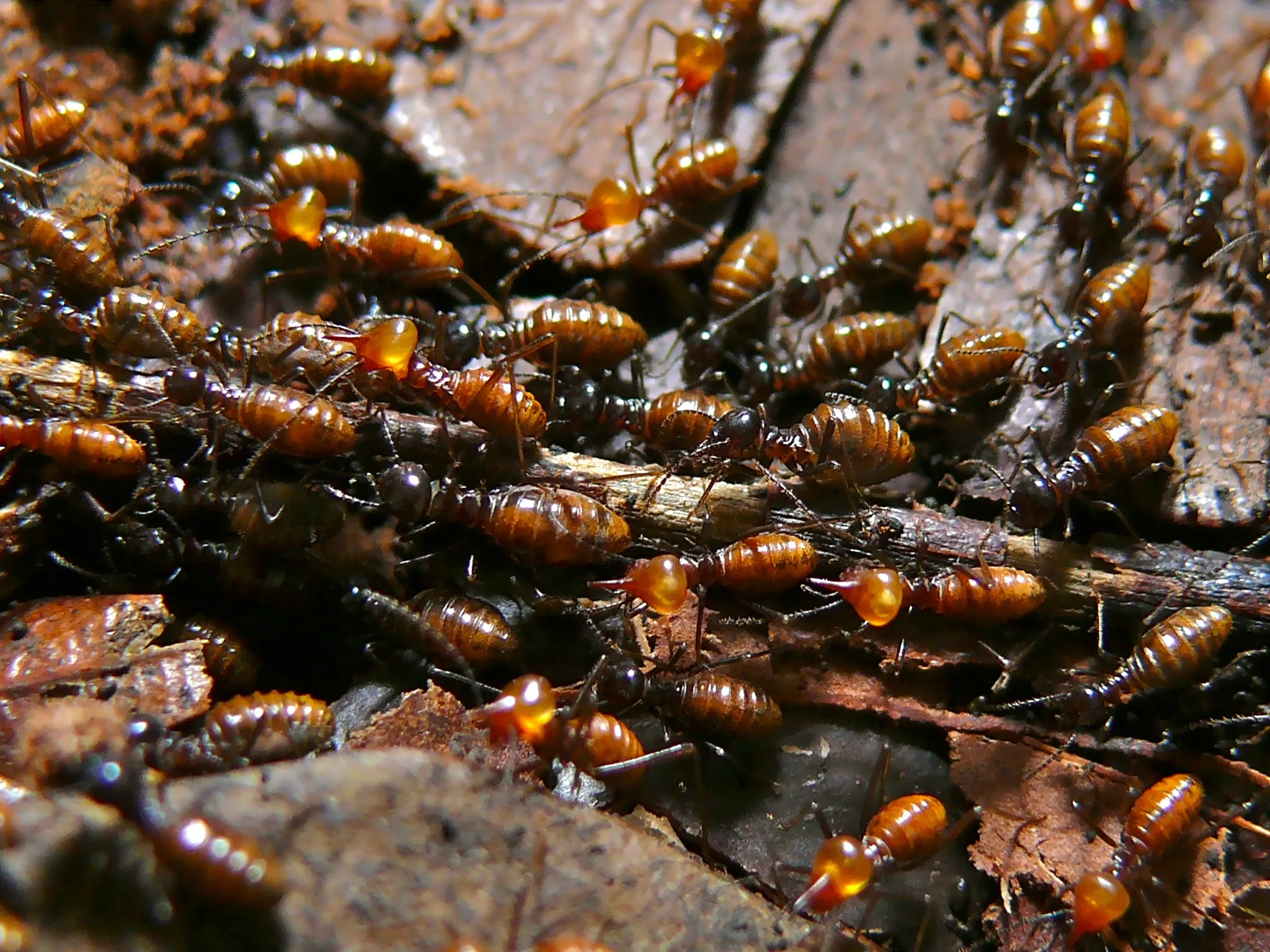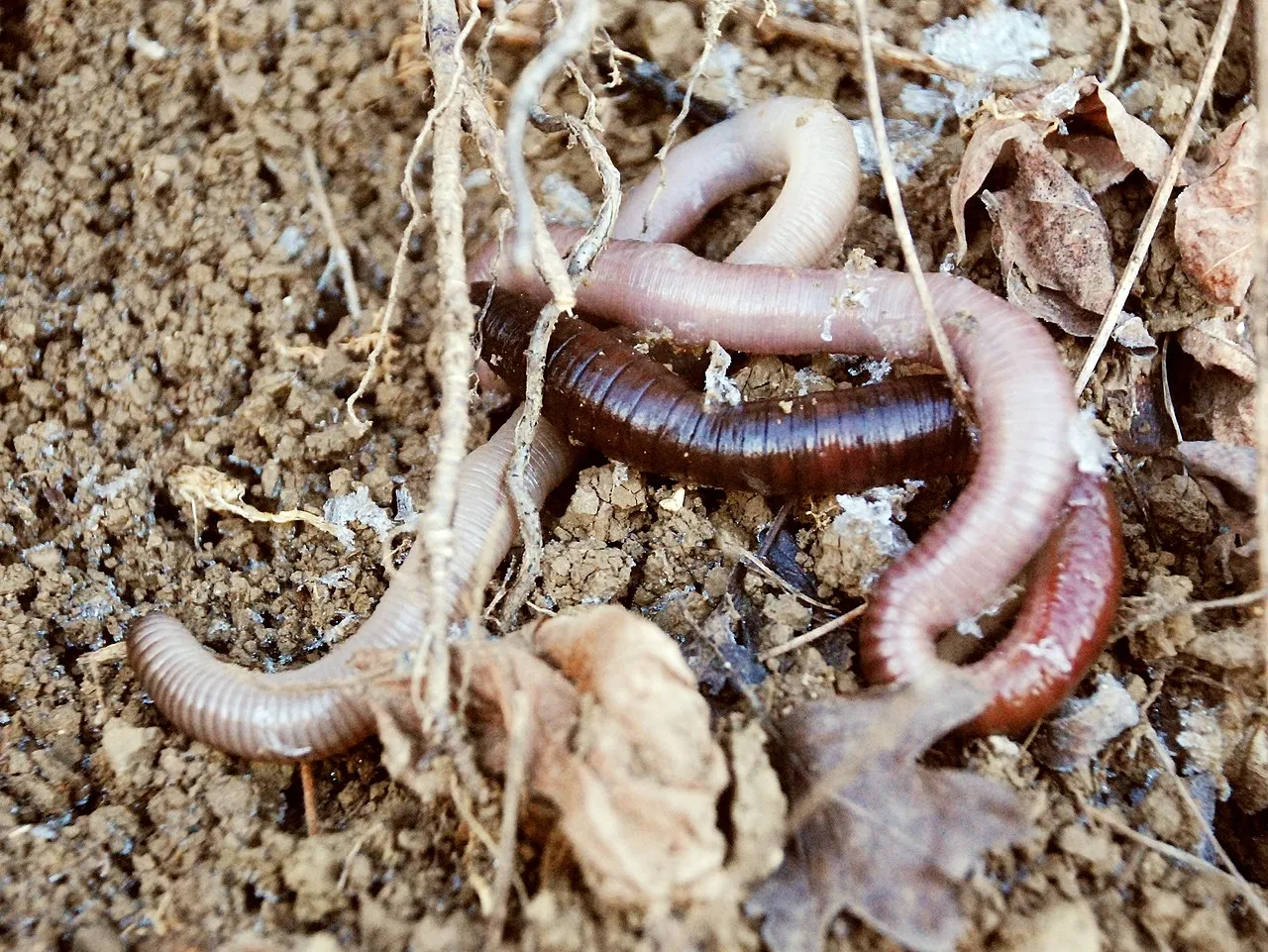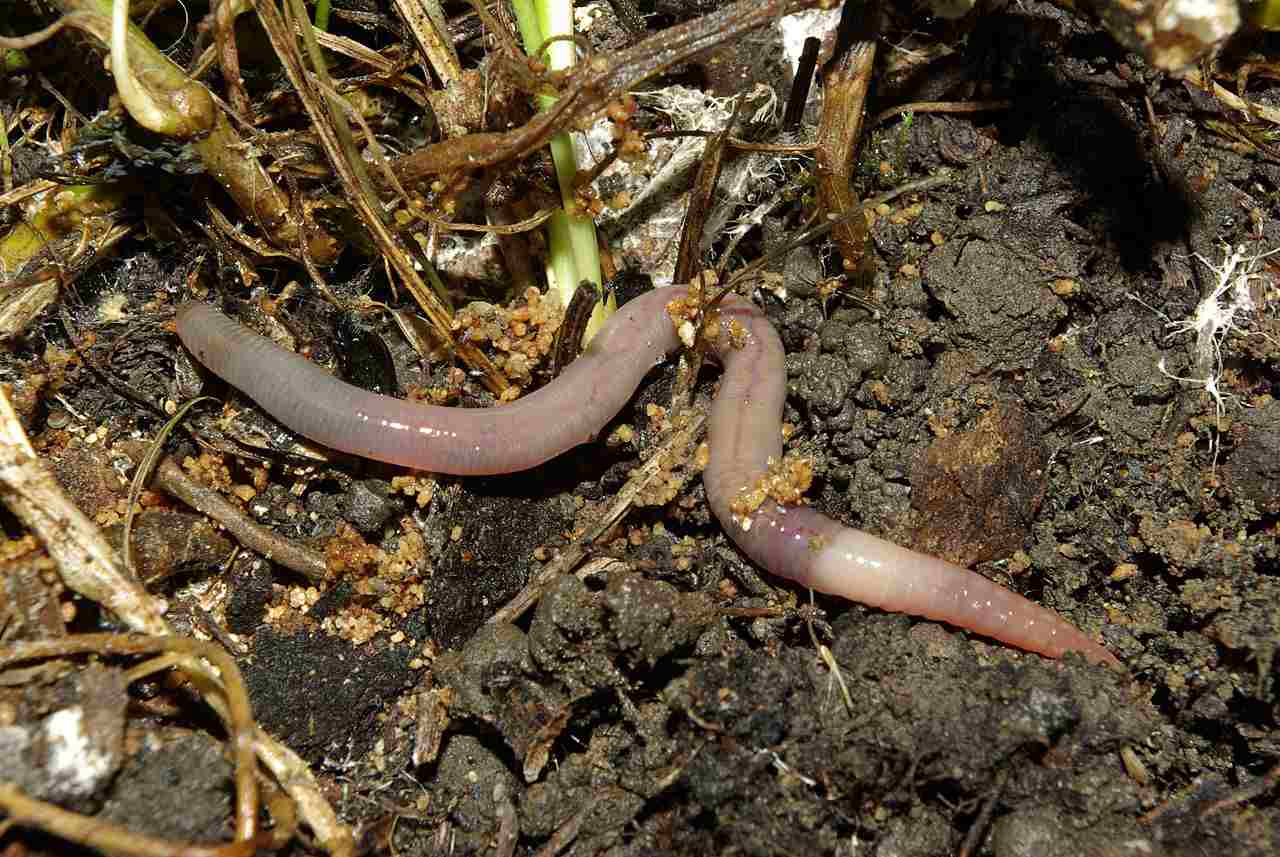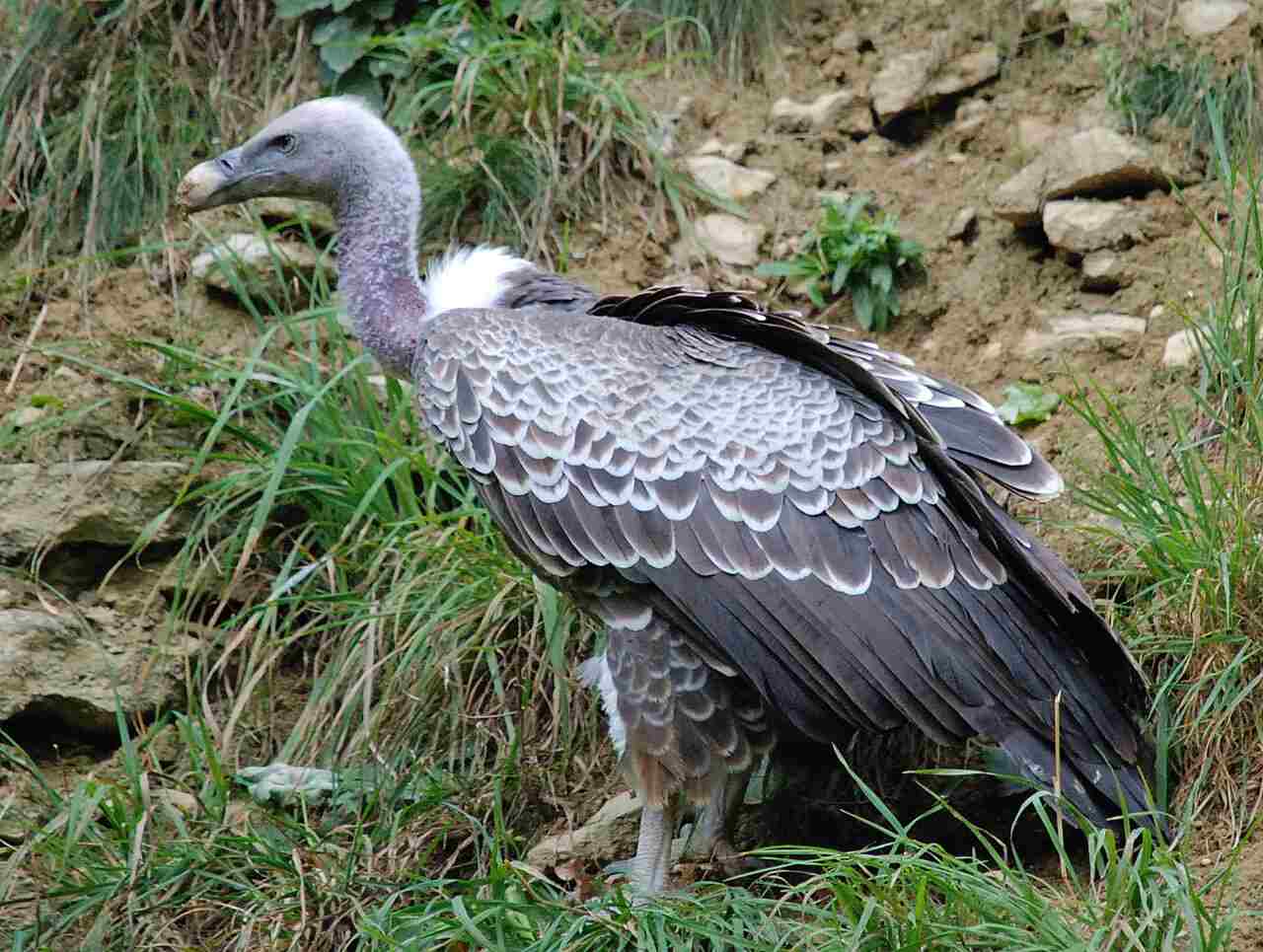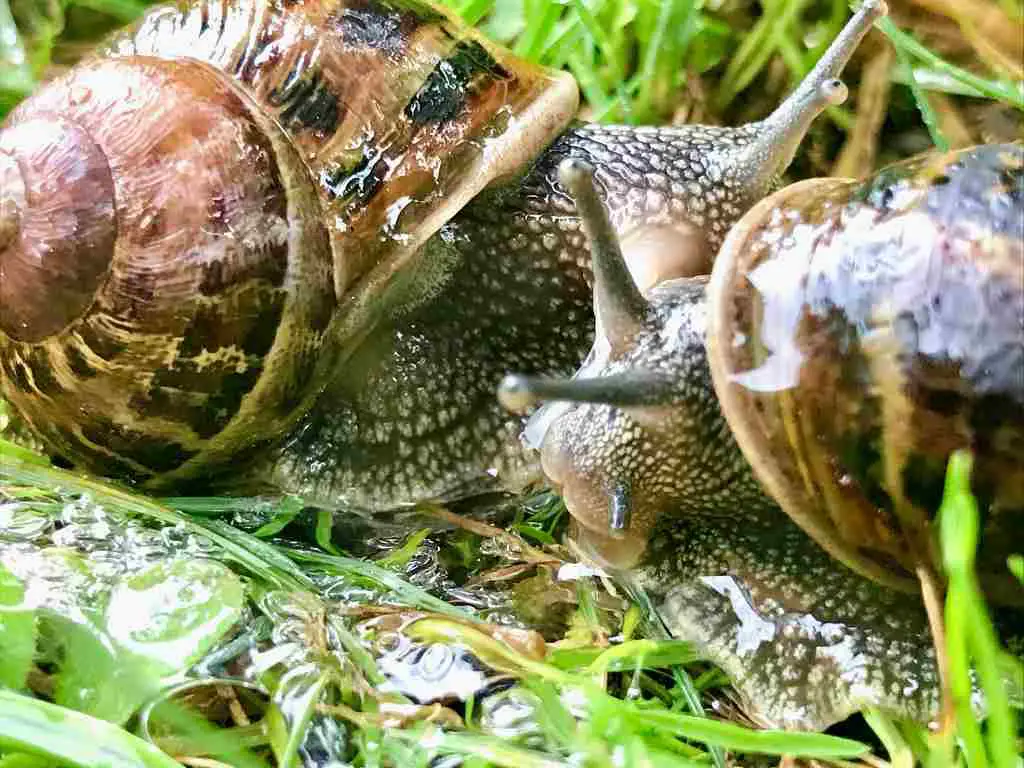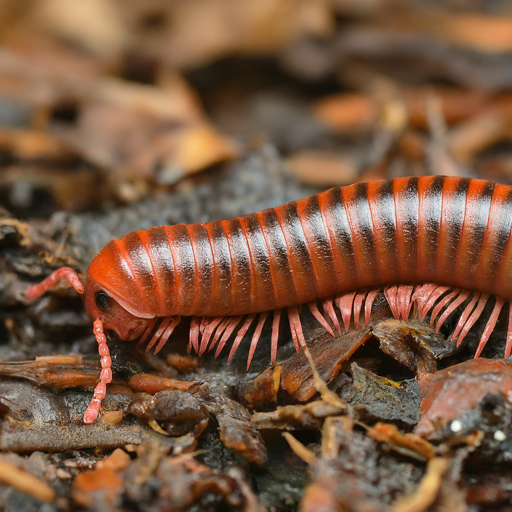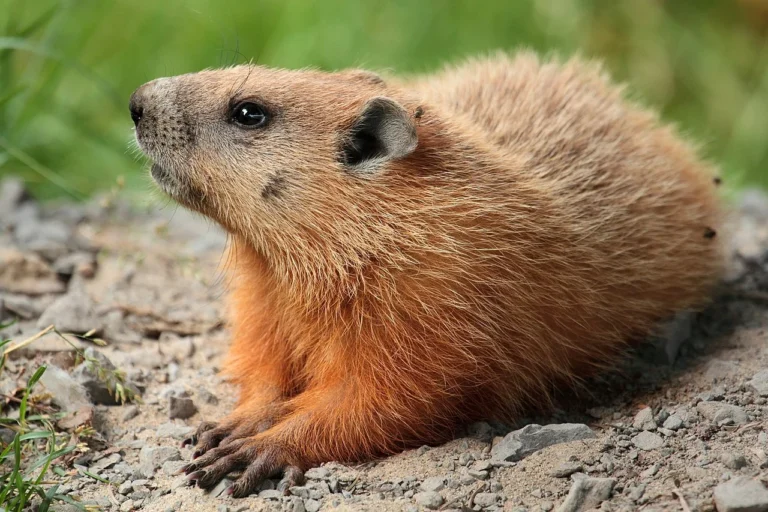17+ Detritivores In The Tundra Ecosystem Discussed
Examples of detritivores in the tundra ecosystem are dung beetles, termites, millipedes, and earthworms, among others. These organisms play a crucial role in breaking down organic matter, from animal feces and plant debris to dead animal carcasses. Their activities contribute to nutrient recycling, soil health, and overall ecosystem productivity in the tundra biome, supporting plant growth and maintaining ecological balance.
1. Dung Beetles
Dung beetles are crucial detritivores in the tundra ecosystem, where they play a key role in nutrient recycling and soil health. These beetles specialize in processing animal feces, which they often collect and bury underground. By breaking down these waste materials, dung beetles contribute to the decomposition process and help release nutrients back into the soil, fostering a healthier environment for plant growth. Their activities also assist in aerating the soil, promoting better water infiltration, and reducing soil compaction.
In tundra regions, where organic material decomposes more slowly due to cold temperatures, dung beetles are particularly valuable. They help to manage animal waste, preventing it from accumulating on the surface and contributing to the spread of disease or attracting other unwanted pests. By quickly processing and burying dung, these beetles support the overall health and sustainability of the tundra ecosystem, demonstrating how even the smallest creatures can play a significant role in maintaining ecological balance.
2. Termites
Termites are essential detritivores in the tundra ecosystem, although they are less common compared to other habitats. Despite the harsh conditions, certain species of termites have adapted to survive in the tundra by building intricate underground nests where they feed on dead plant material and wood debris. Their ability to break down cellulose-rich materials helps facilitate the recycling of nutrients, contributing to soil fertility and overall ecosystem health. However, their populations are relatively sparse in the tundra, and their impact on decomposition processes is limited compared to warmer regions.
3. Millipedes
Millipedes are important detritivores in the tundra ecosystem, playing a vital role in breaking down organic matter such as leaf litter and decaying plant material. Their consumption of dead plant material helps to accelerate the decomposition process, releasing essential nutrients back into the soil and supporting the growth of vegetation in the tundra biome. Despite their slow movement and vulnerability to cold temperatures, millipedes are well-adapted to the tundra environment and contribute significantly to nutrient cycling and soil health.
4. Earthworms
Earthworms are key detritivores in the tundra ecosystem, where they play a crucial role in breaking down organic matter and recycling nutrients. Despite the cold temperatures, certain species of earthworms are able to survive in the tundra by burrowing deep into the soil during the winter months. Their activities help to aerate the soil, improve drainage, and enhance nutrient availability for plants. By consuming and digesting organic material, earthworms contribute to the decomposition process, accelerating the breakdown of dead plant matter and enriching the soil with organic matter.
5. Woodlice
Woodlice, also known as sowbugs or pillbugs, are important detritivores in the tundra ecosystem, where they feed on decaying plant material and contribute to nutrient cycling. These small crustaceans play a vital role in breaking down dead organic matter, including leaf litter and fallen logs. By consuming and fragmenting plant material, woodlice facilitate the decomposition process, releasing nutrients back into the soil and making them available for plant uptake. Despite their vulnerability to cold temperatures, woodlice are well-adapted to the tundra environment and contribute to the overall health and productivity of the ecosystem.
6. Ants (certain species, like leafcutter ants)
Certain species of ants, such as leafcutter ants, are important detritivores in the tundra ecosystem, although they are less common compared to other habitats. While leafcutter ants are more typically associated with tropical regions, some species have adapted to colder climates, including the tundra. These ants collect plant material and bring it back to their nests, where it is broken down by specialized fungus gardens. This decomposition process helps to recycle nutrients and contributes to soil fertility in the tundra biome. However, the presence of ants in the tundra is relatively limited compared to other detritivores, and their impact on decomposition processes may be less pronounced.
7. Springtails
Springtails are tiny arthropods that are important detritivores in the tundra ecosystem, where they play a vital role in breaking down organic matter and recycling nutrients. These small creatures are particularly well-adapted to cold environments, including the tundra, where they are often found in large numbers. Springtails feed on decaying plant material, fungi, and bacteria, helping to accelerate the decomposition process and release nutrients back into the soil. Despite their small size, springtails are highly abundant and contribute significantly to nutrient cycling and soil health in the tundra biome.
8. Slugs
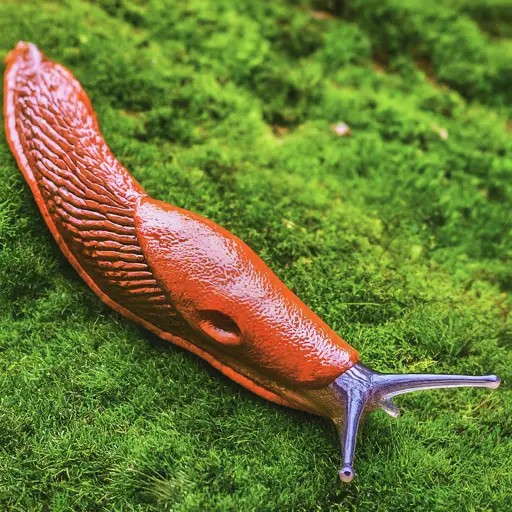
Slugs are important detritivores in the tundra ecosystem, where they play a crucial role in breaking down organic matter and recycling nutrients. These gastropod mollusks feed on decaying plant material, fungi, and algae, helping to accelerate the decomposition process and release nutrients back into the soil. Despite their vulnerability to cold temperatures, slugs are well-adapted to the tundra environment and are often found in moist, sheltered areas where they can find food and avoid freezing. Their activities contribute to soil health and nutrient cycling in the tundra biome, supporting the growth of vegetation and overall ecosystem productivity.
9. Snails
Snails are important detritivores in the tundra ecosystem, where they play a crucial role in breaking down organic matter and recycling nutrients. These gastropod mollusks feed on decaying plant material, fungi, and algae, helping to accelerate the decomposition process and release nutrients back into the soil. Despite their vulnerability to cold temperatures, snails are well-adapted to the tundra environment and are often found in moist, sheltered areas where they can find food and avoid freezing. Their activities contribute to soil health and nutrient cycling in the tundra biome, supporting the growth of vegetation and overall ecosystem productivity.
10. Rove Beetles
Rove beetles are important detritivores in the tundra ecosystem, where they play a crucial role in breaking down organic matter and recycling nutrients. These beetles are often found in moist, decaying vegetation, where they feed on dead plant material and help to accelerate the decomposition process. Rove beetles are well-adapted to the tundra environment, with many species able to survive cold temperatures and harsh conditions. Their activities contribute to soil health and nutrient cycling in the tundra biome, supporting the growth of vegetation and overall ecosystem productivity.
11. Dermestid Beetles
Dermestid beetles are important detritivores in the tundra ecosystem, where they play a crucial role in breaking down organic matter and recycling nutrients. These beetles feed on a wide range of materials, including dead animals, feathers, and fur, helping to accelerate the decomposition process. Despite their small size, dermestid beetles are highly efficient scavengers and can quickly consume large amounts of organic material. Their activities contribute to soil health and nutrient cycling in the tundra biome, supporting the growth of vegetation and overall ecosystem productivity.
12. Carrion Beetles
Carrion beetles are important detritivores in the tundra ecosystem, where they play a vital role in the decomposition of animal carcasses. These beetles are often the first scavengers to arrive at a carcass, where they feed on the soft tissues and help to break down the organic matter. By consuming carrion, carrion beetles not only recycle nutrients back into the ecosystem but also help to prevent the spread of disease by removing dead animals. Their activities support the overall health and balance of the tundra ecosystem by facilitating nutrient cycling and reducing waste.
13. Isopods
Isopods, also known as woodlice or pillbugs, are important detritivores in the tundra ecosystem, where they play a crucial role in breaking down organic matter and recycling nutrients. These small crustaceans are commonly found in moist, decaying vegetation, where they feed on dead plant material and help to accelerate the decomposition process. Isopods are well-adapted to the tundra environment, with many species able to survive cold temperatures and harsh conditions. Their activities contribute to soil health and nutrient cycling in the tundra biome, supporting the growth of vegetation and overall ecosystem productivity.
14. Crane Fly Larvae
Crane fly larvae are important detritivores in the tundra ecosystem, where they play a crucial role in breaking down organic matter and recycling nutrients. These larvae are commonly found in moist, decaying vegetation, where they feed on dead plant material and help to accelerate the decomposition process. Crane fly larvae are well-adapted to the tundra environment, with many species able to survive cold temperatures and harsh conditions. Their activities contribute to soil health and nutrient cycling in the tundra biome, supporting the growth of vegetation and overall ecosystem productivity.
15. Mites
Mites are important detritivores in the tundra ecosystem, where they play a crucial role in breaking down organic matter and recycling nutrients. These tiny arachnids are commonly found in soil and leaf litter, where they feed on decaying plant material and help to accelerate the decomposition process. Mites are well-adapted to the tundra environment, with many species able to survive cold temperatures and harsh conditions. Their activities contribute to soil health and nutrient cycling in the tundra biome, supporting the growth of vegetation and overall ecosystem productivity.
16. Cockroaches (certain species)
Certain species of cockroaches are important detritivores in the tundra ecosystem, where they play a crucial role in breaking down organic matter and recycling nutrients. These insects are often found in moist, decaying vegetation, where they feed on dead plant material and help to accelerate the decomposition process. Cockroaches are well-adapted to the tundra environment, with many species able to survive cold temperatures and harsh conditions. Their activities contribute to soil health and nutrient cycling in the tundra biome, supporting the growth of vegetation and overall ecosystem productivity.
17. Centipedes
Centipedes are important detritivores in the tundra ecosystem, where they play a crucial role in breaking down organic matter and recycling nutrients. These arthropods are commonly found in soil and leaf litter, where they feed on decaying plant material and help to accelerate the decomposition process. Centipedes are well-adapted to the tundra environment, with many species able to survive cold temperatures and harsh conditions. Their activities contribute to soil health and nutrient cycling in the tundra biome, supporting the growth of vegetation and overall ecosystem productivity.
18. Earwigs (certain species)
Certain species of earwigs are important detritivores in the tundra ecosystem, where they play a crucial role in breaking down organic matter and recycling nutrients. These insects are often found in moist, decaying vegetation, where they feed on dead plant material and help to accelerate the decomposition process. Earwigs are well-adapted to the tundra environment, with many species able to survive cold temperatures and harsh conditions. Their activities contribute to soil health and nutrient cycling in the tundra biome, supporting the growth of vegetation and overall ecosystem productivity.
*Summary
-
Dung beetles: Break down animal feces, contributing to nutrient cycling and soil health.
-
Termites: Process dead plant material and wood debris, aiding in decomposition and nutrient recycling.
-
Millipedes: Break down organic matter like leaf litter, aiding in soil health and nutrient cycling.
-
Earthworms: Aerate soil and decompose organic matter, improving soil fertility.
-
Woodlice: Feed on decaying plant material, facilitating decomposition and nutrient release.
-
Certain species of ants: Contribute to nutrient cycling by processing plant material.
-
Springtails: Break down decaying plant material, contributing to soil health.
-
Slugs: Consume decaying plant material, fungi, and algae, aiding in nutrient cycling.
-
Snails: Break down decaying plant material, aiding in nutrient cycling.
-
Rove beetles: Decompose dead plant material, contributing to soil health.
-
Dermestid beetles: Break down organic matter, especially dead animals, aiding in nutrient recycling.
-
Carrion beetles: Process animal carcasses, aiding in decomposition and nutrient recycling.
-
Isopods: Feed on dead plant material, aiding in soil health and nutrient cycling.
-
Crane fly larvae: Consume decaying plant material, contributing to soil health and nutrient cycling.
-
Mites: Break down decaying plant material, aiding in soil health.
-
Certain species of cockroaches: Decompose dead plant material, contributing to nutrient recycling.
-
Centipedes: Process decaying plant material, aiding in soil health and nutrient cycling.
-
Certain species of earwigs: Consume dead plant material, facilitating decomposition and nutrient release.
| Detritivores |
Contribution to Tundra Ecosystem
|
| Dung beetles |
Break down animal feces, contribute to soil health
|
| Termites |
Process plant debris, aid in nutrient recycling
|
| Millipedes |
Decompose organic matter, improve soil health
|
| Earthworms |
Aerate soil, break down organic matter
|
| Woodlice |
Facilitate decomposition, aid nutrient cycling
|
| Certain ants |
Process plant material, aid nutrient cycling
|
| Springtails |
Break down plant material, improve soil health
|
| Slugs |
Consume plant material, fungi, algae
|
| Snails |
Decompose plant material, aid nutrient cycling
|
| Rove beetles |
Decompose plant material, aid in soil health
|
| Dermestid beetles |
Break down dead animals, contribute to recycling
|
| Carrion beetles |
Process carcasses, aid in decomposition
|
| Isopods |
Feed on plant material, contribute to soil health
|
| Crane fly larvae |
Consume decaying plant material, support soil health
|
| Mites |
Decompose plant material, improve soil health
|
| Certain cockroaches |
Process plant material, aid nutrient cycling
|
| Centipedes |
Break down plant material, contribute to soil health
|
| Certain earwigs |
Facilitate decomposition, aid nutrient cycling
|

